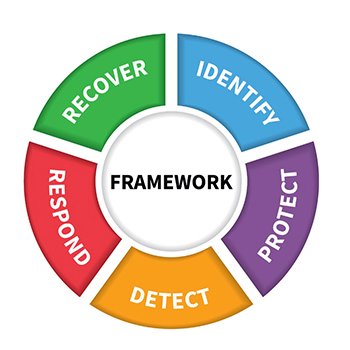By Kamil Karmali, Sr. Global Commercial Manager, Cybersecurity Services, Rockwell Automation
In 2022, there was a 2,000% increase in cybersecurity attacks targeting commonly used protocols, enabling threat actors to disrupt operational technology (OT) operations. Critical infrastructure environments rely heavily on OT and industrial control systems (ICS) to manage and control the vast network of power plants, grids and distribution systems. These systems have introduced unprecedented efficiency and productivity.
As reliance on technology deepens, so does our vulnerability. And while cyber threats have evolved across various sectors, the energy industry has become the most targeted industry, reporting three times as many attacks as any other sector.
This article will discuss the alarming rise of cybersecurity attacks on the critical infrastructure sector. It will highlight essential strategies for establishing a resilient cybersecurity framework tailored for OT/ICS environments, prioritizing safety and reliability to help secure operations and ensure ongoing availability.
Evolution of Cybersecurity Threats
Digital transformation has helped enterprises in every industry become more efficient, accurate and innovative. However, the increasing number of systems, networks and devices being connected in OT and ICS environments, coupled with legacy equipment, leaves organizations exposed to new vulnerabilities. In 2022, the number of U.S.-based threat actors attacking industrial organizations grew by 35%.
The infamous Colonial Pipeline attack in 2021 proved how severe attacks on critical infrastructure can be. As a result of the DarkSide ransomware group stealing a single password, 45% of pipeline operators were impacted, 17 states declared a state of emergency and we witnessed oil supply shortages throughout the country.




